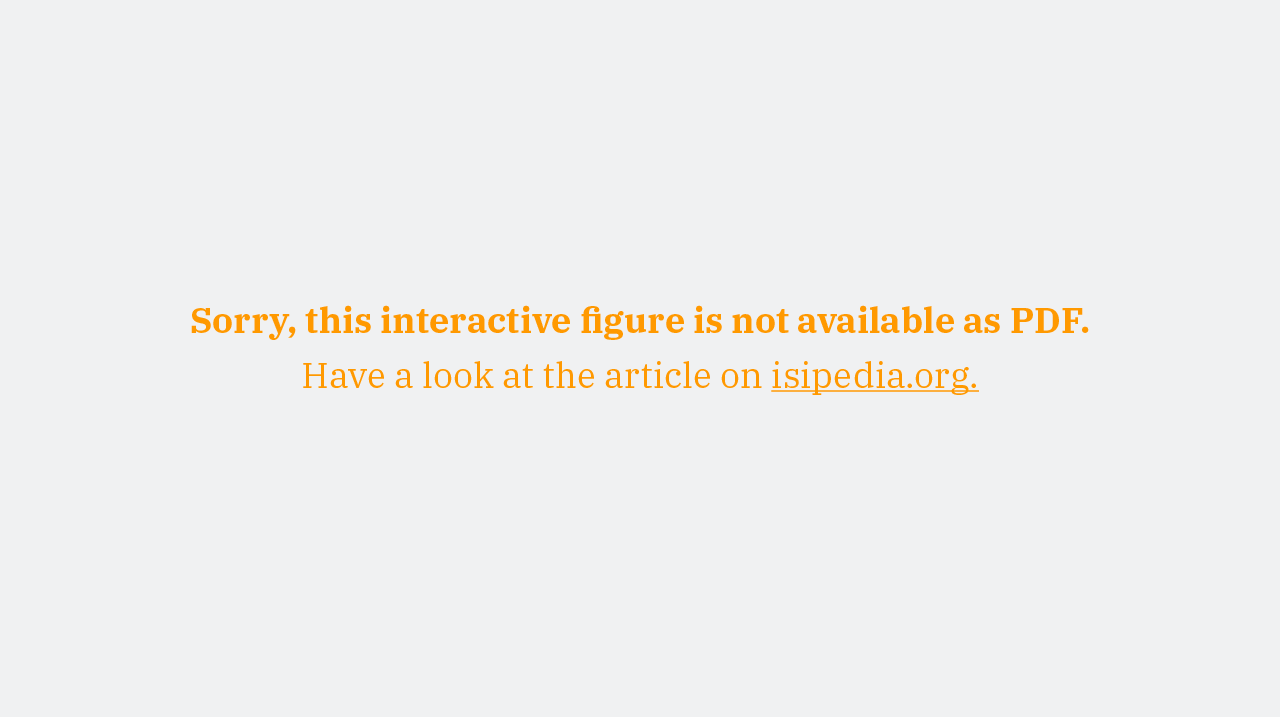Projected crop failures under climate change for Paraguay
Lange et al. (2020) provide an extensive and elaborate analysis of climate impact simulations with a focus on the occurrence of extreme events under climate change. Crop failures are one type of extreme events considered there. A general discussion of these results at the global scale was provided in the associated ISIpedia article with a global focus. There we also provide some details on how the analyzes were performed, and we discuss limits and uncertainties of the results. Still, we can generally conclude that an increased global mean temperature comes with an increase in both the land area and the population exposed to crop failure.
Projections for Paraguay
Here, we provide the projections for Paraguay and present maps at the grid level. The 0 °C entry in the line plot below refers to pre-industrial times, where 0.01% of Paraguay’s land surface and 0.01% of its population were exposed to a crop failure at least once per year. Currently we have experienced about 1 °C of global warming compared to pre-industrial times. For this warming level the models project that 0.09% of the land surface and 0.35% of the population experience at least one crop failure per year. For a 2 °C world these numbers change to 0.19% (land surface exposure) and 0.71% (share of exposed population). These numbers refer to the mean value across all climate and crop models.
Explore how land and population exposure to crop failure in Paraguay vary with global warming and time
Show exposure of
Show how exposure varies with

Click on any dot to see a disaggregation of the national results to the grid level. Compare results obtained with different models by selecting All in the drop-down menus or by clicking on their headers. Use the toggles to change what is represented by the axes of the line plot. The NDC line represents the expected global warming level for the given year assuming the mean of the unconditional worst, unconditional best, and conditional NDC pathways. See this article for more info. Use the Download Data button to get numeric results for all model combinations.
FIG 1 / Adapted from Lange et al. (2020).
Figure 1 allows you to investigate model-specific results, too. With this you can get a feel for the uncertainties and the model spreads involved in these simulations. Some data is available at higher warming levels than 2 °C, for a discussion of this please read the article discussing the global results. That article also discusses how to interpret the results given on a timeline. To summarize, interpreting climate model output strictly as a timeline doesn’t make sense, instead each data point represents the mean of a 20-year time slice centered around the given point in time. For example, the entry for 2020 displays the mean values from the simulated 2011 to 2030 time slice. If you are interested in the numbers, you can also click on “Download data” and obtain a csv file with all the numbers.
Below (Figure 2) we also show a map of the land/population exposure. It shows the projected means across all climate and impact models at a 2 °C warming level. The crop model simulations were carried out on a 0.5°×0.5° global grid, this is therefore the resolution in the maps shown here. Results are provided for both, the exposed area (click on “Land”) and the exposed population (click on “Population”).
Explore how land and population exposure to crop failure at 2°C global warming vary within Paraguay

Use the toggle to switch from land exposure to population exposure.
FIG 2 / Adapted from Lange et al. (2020).
Acknowledgements
This article was written in collaboration with the ISIpedia Editorial Team.
Contact
Please contact the ISIpedia Editorial Team (isipedia.editorial.team@pik-potsdam.de) for more information or questions about this report.
References
Cover image: Lena Scheiffele
Affiliations
1 Potsdam Institute for Climate Impact Research, Member of the Leibniz Association, Potsdam, Germany
2 School of Geographic Sciences, East China Normal University, Shanghai, China